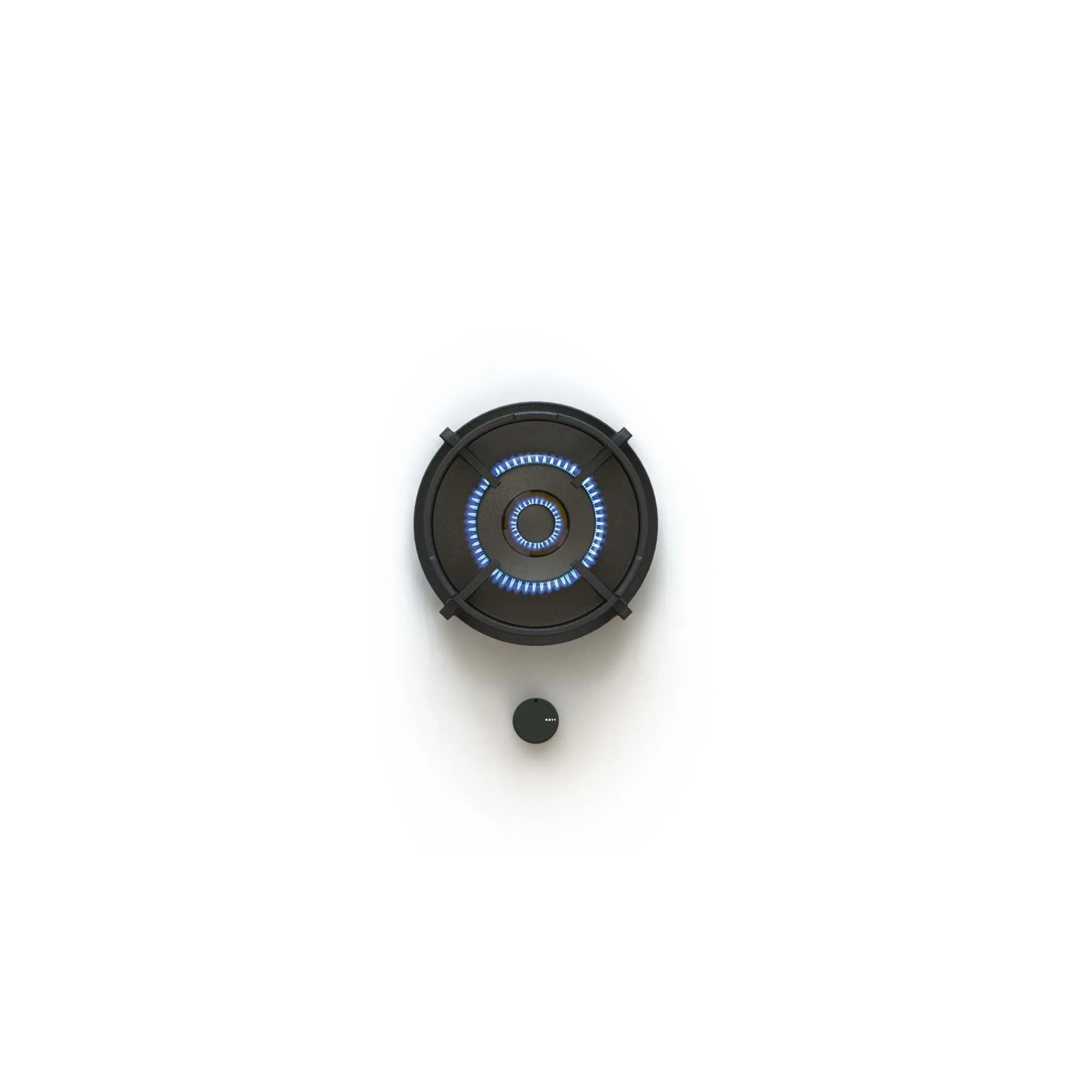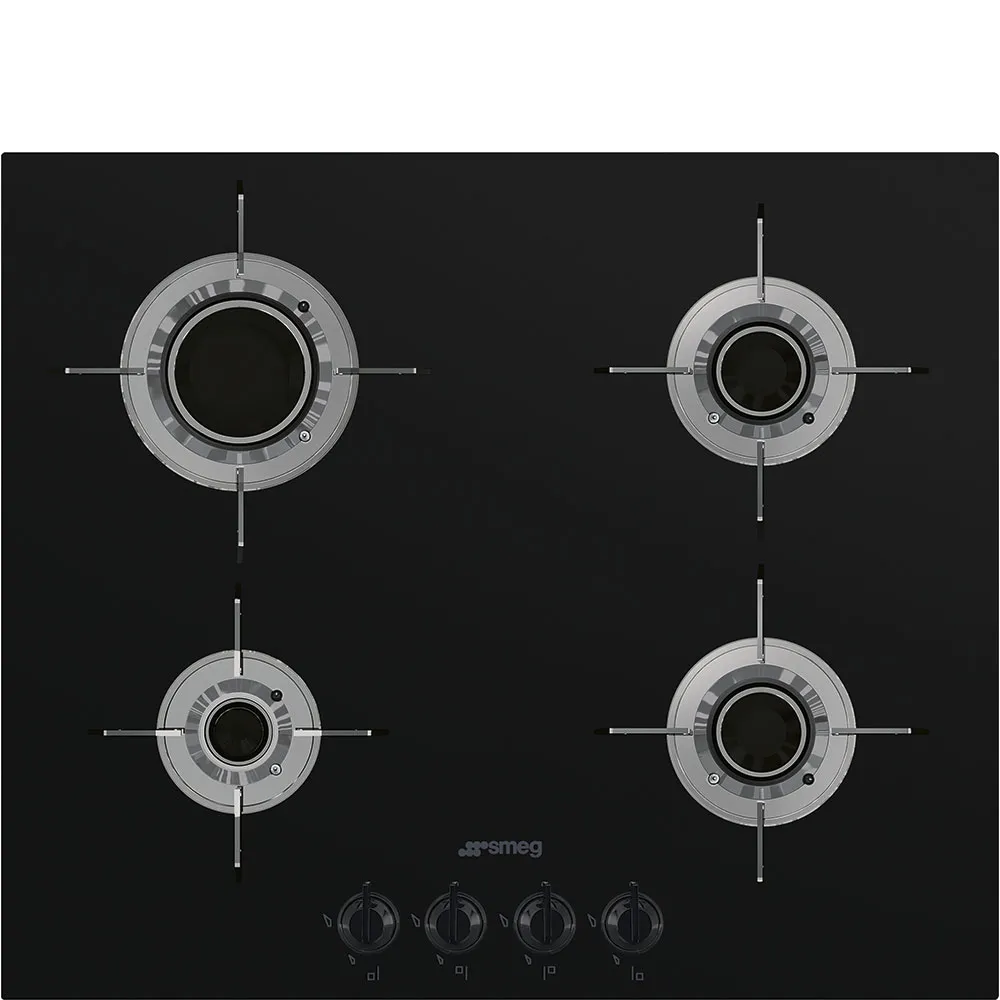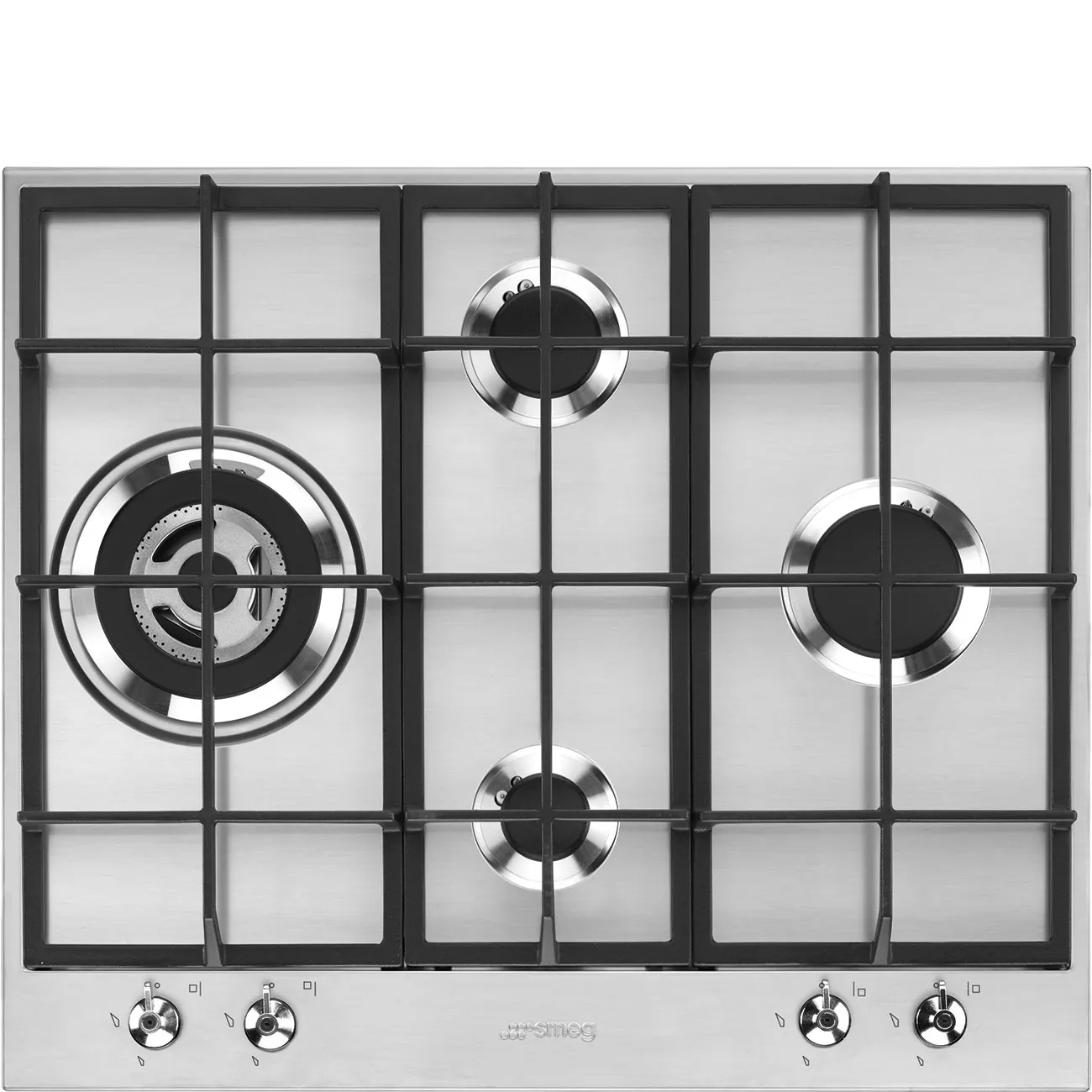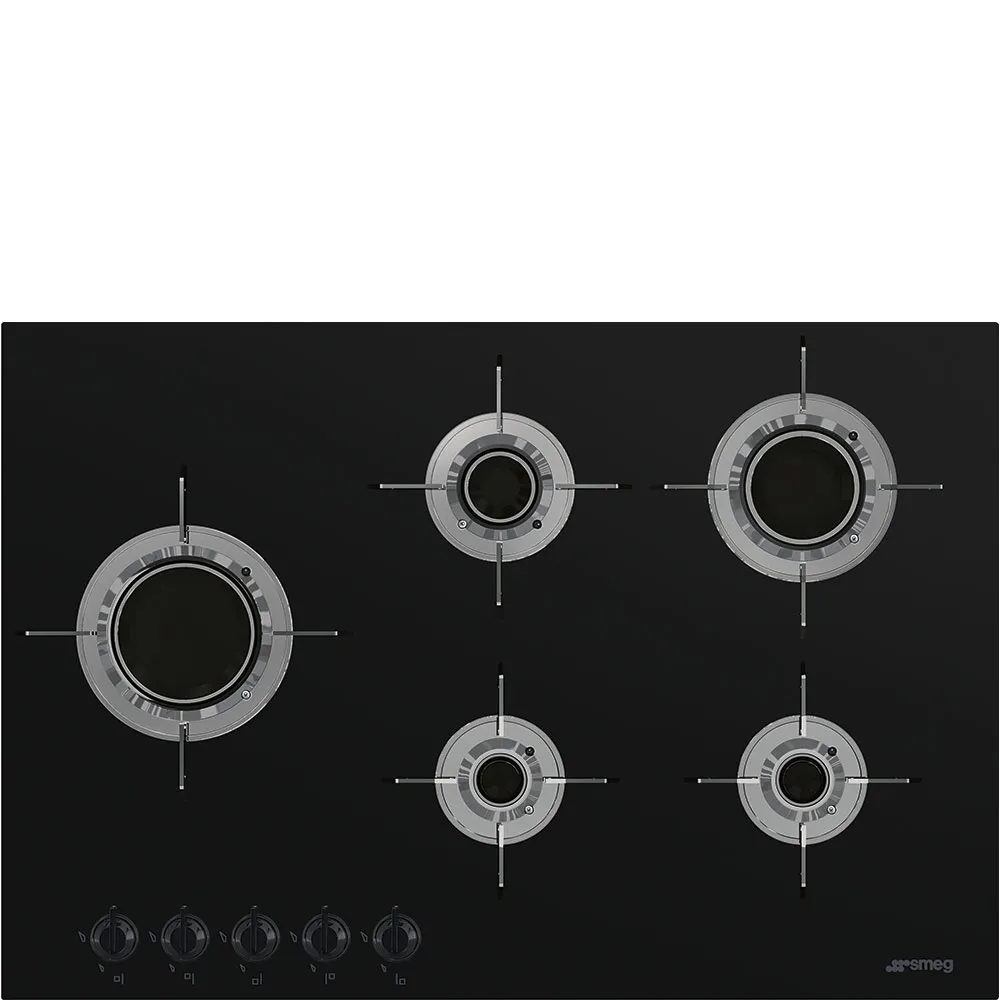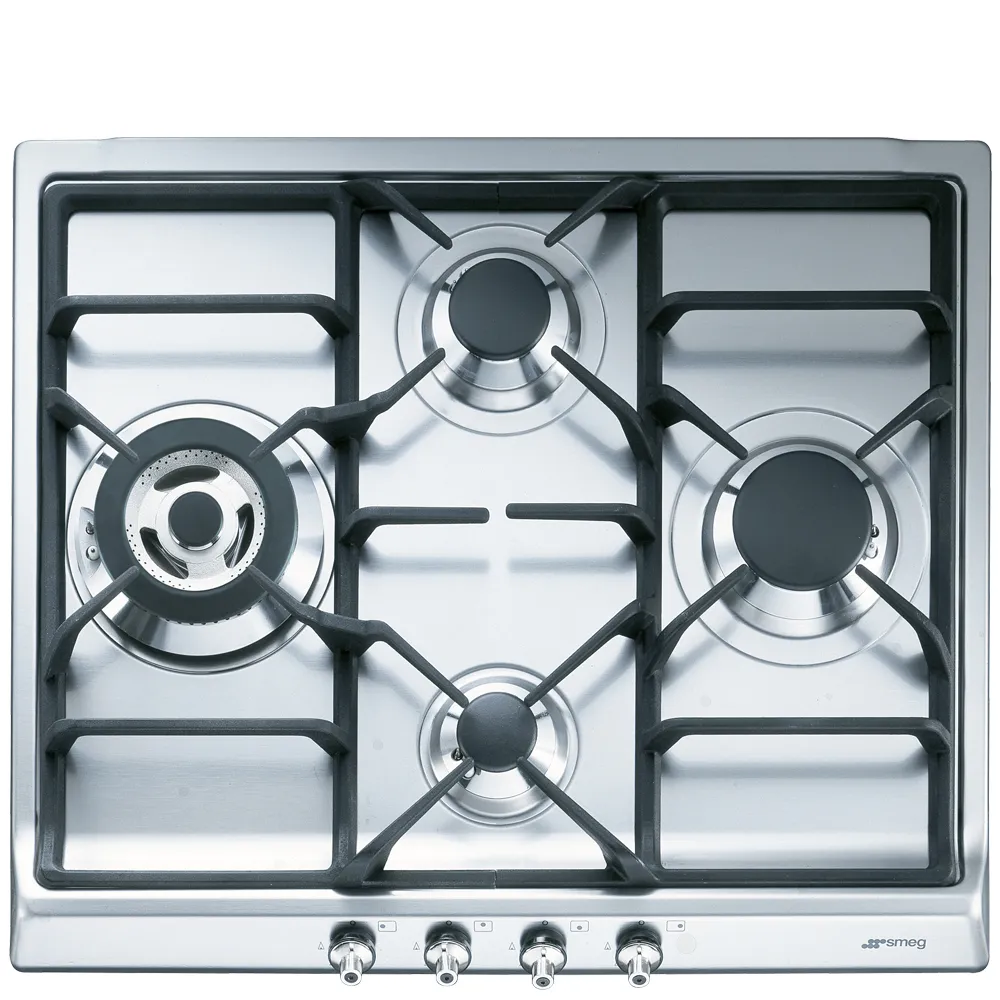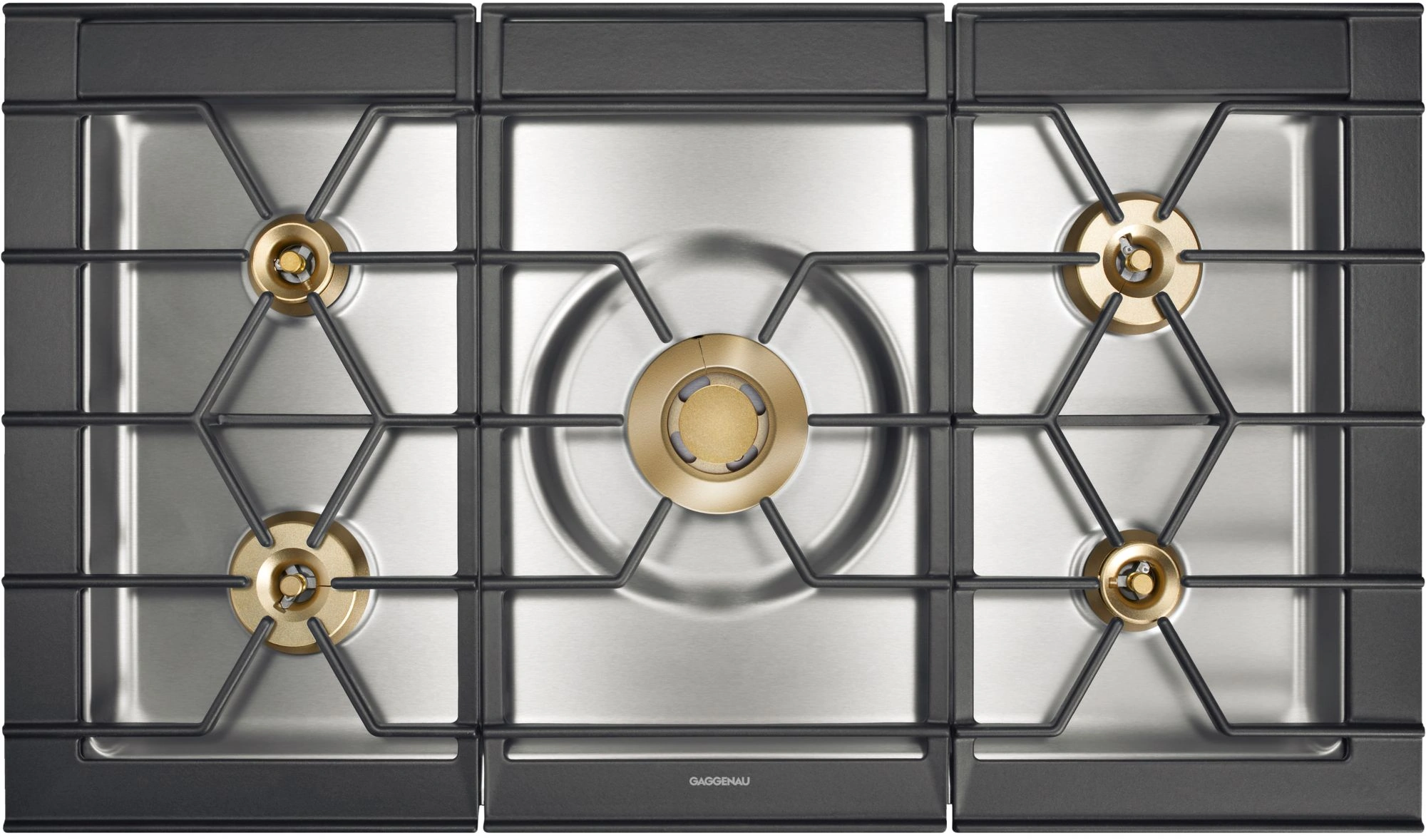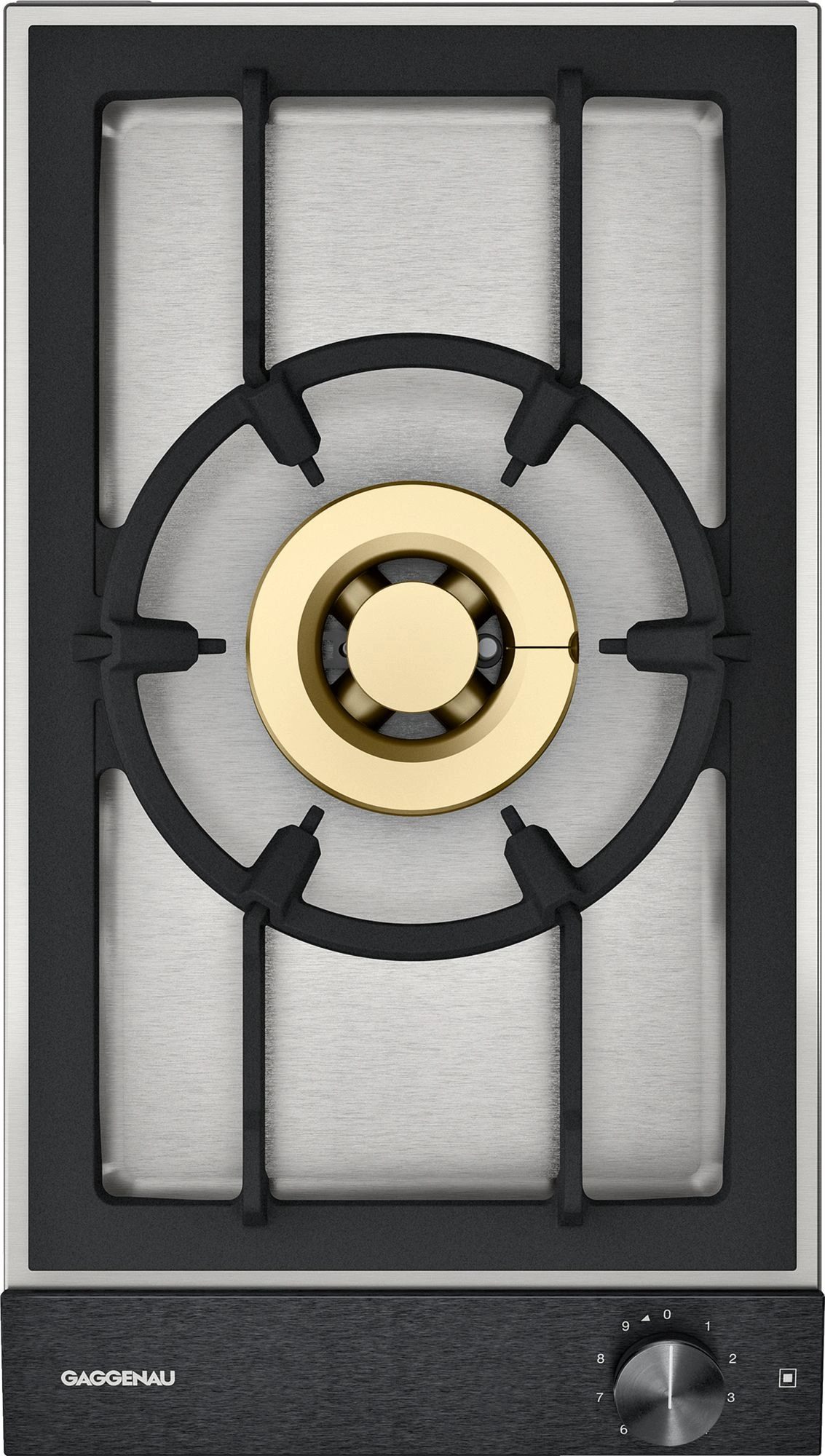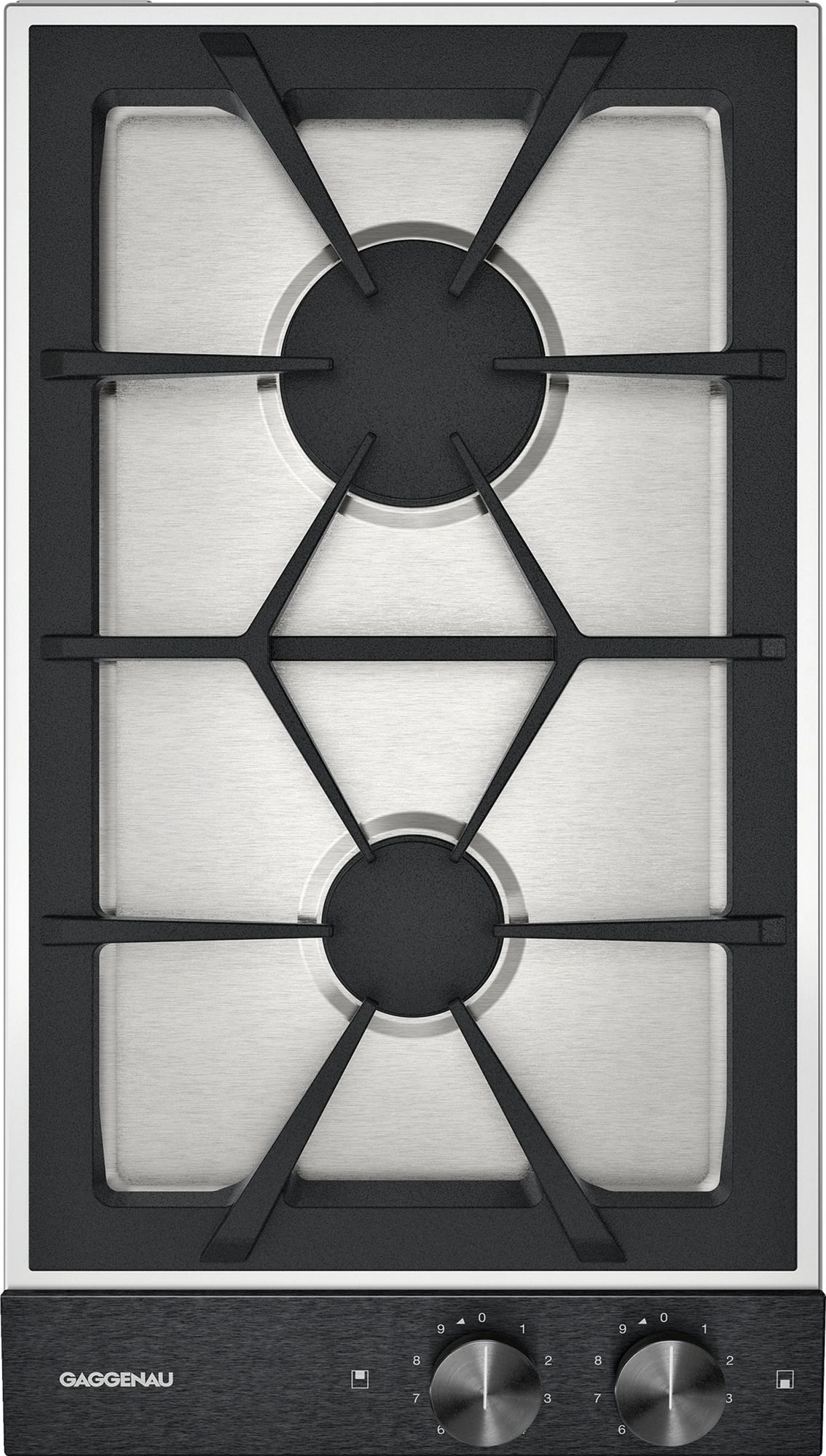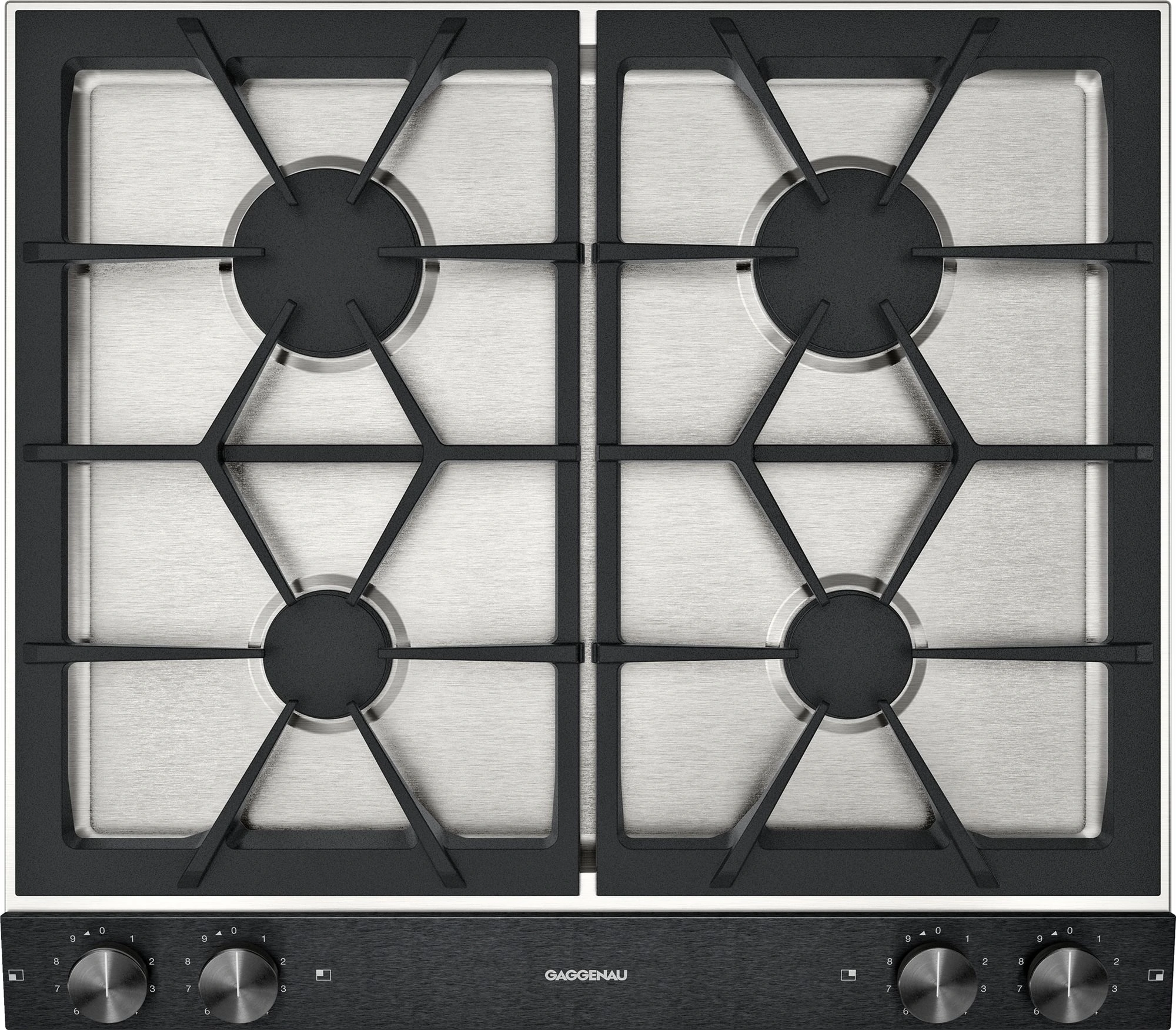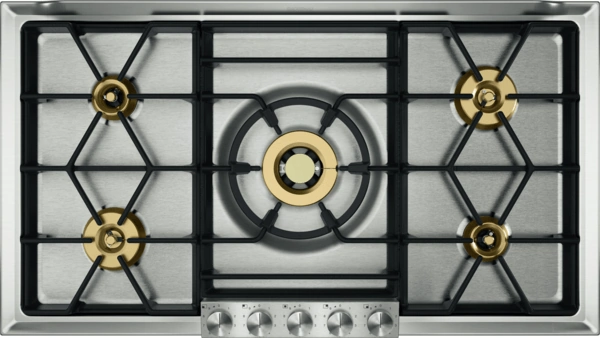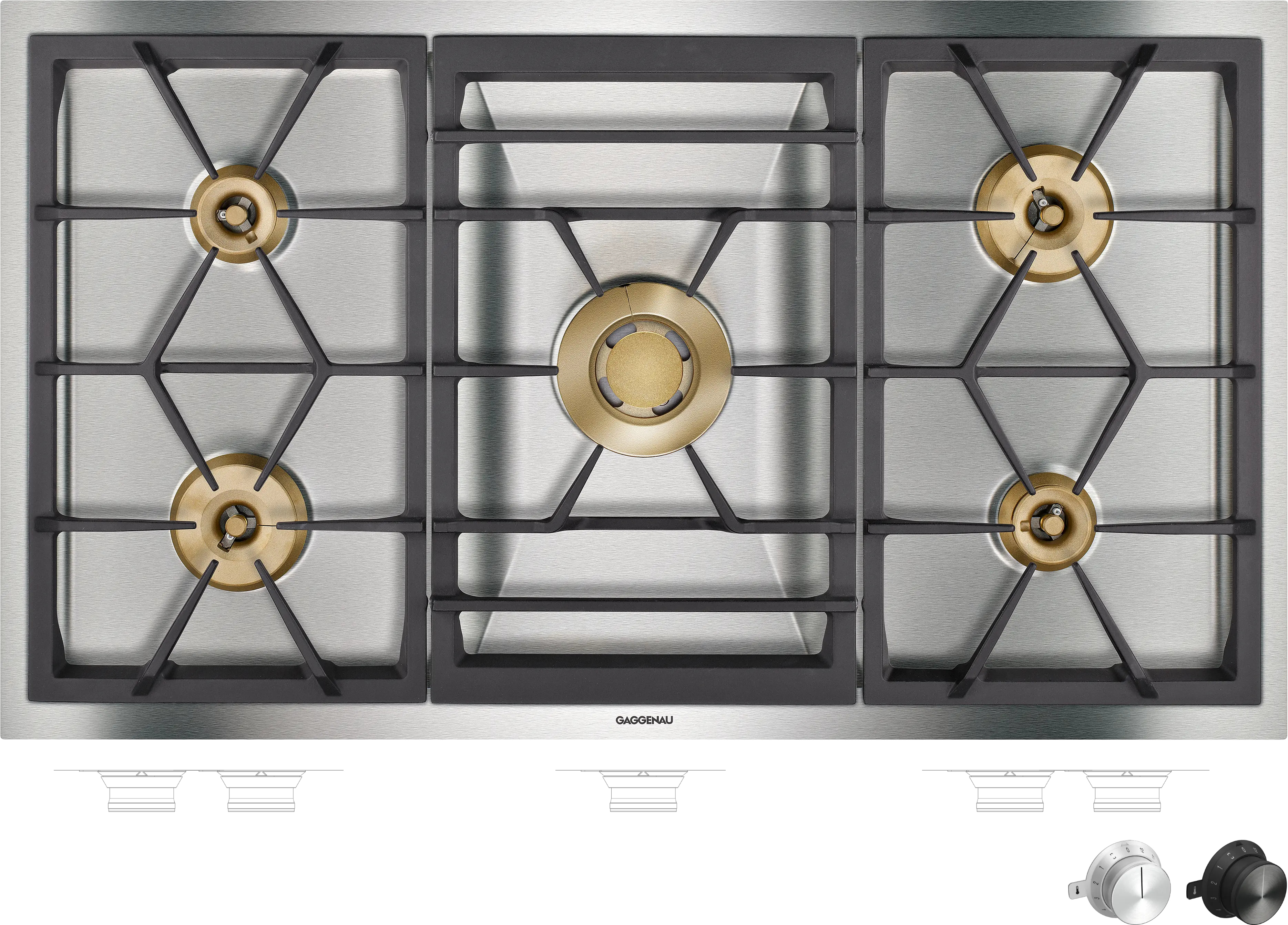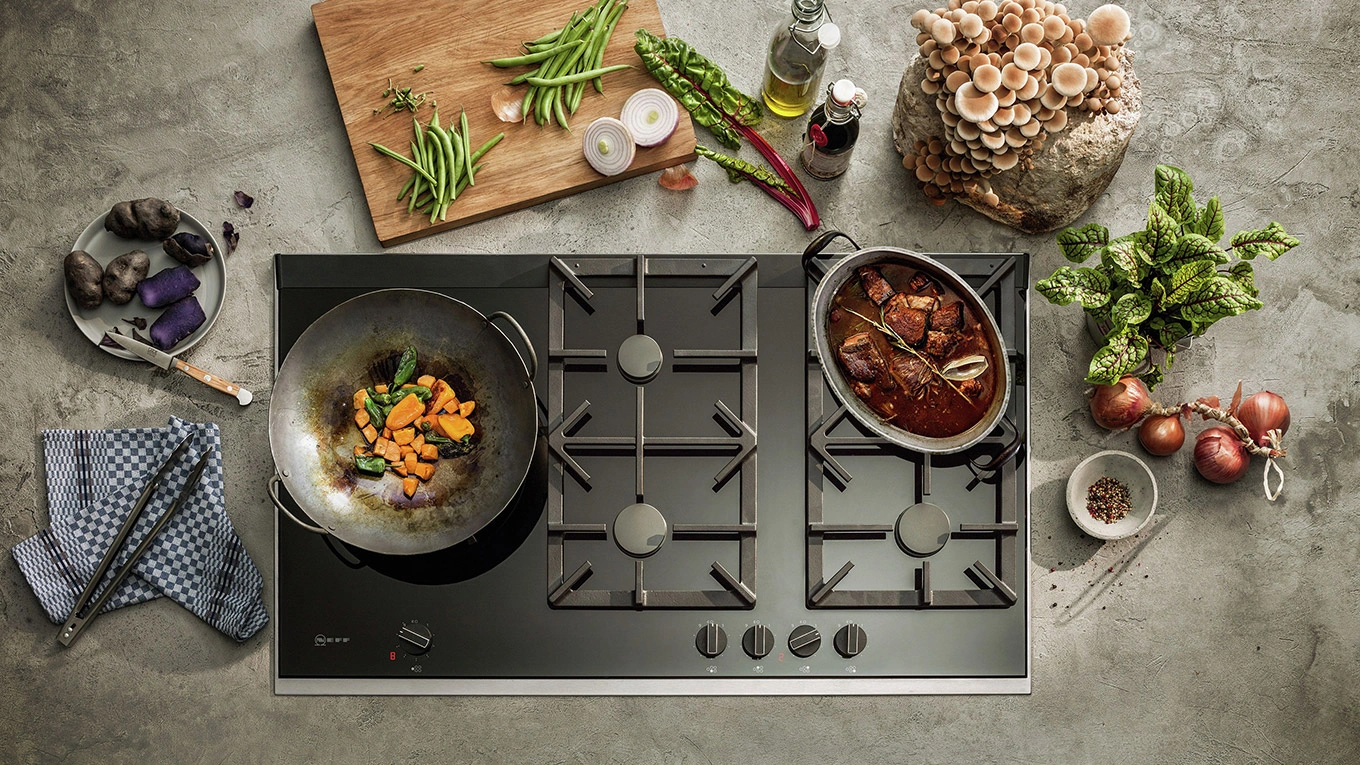
The gas hob: Fast & Extravagant.
The gas hob is no longer just for professional kitchens. We'll tell you how you can cook safely & quickly with gas at home.
reading time: approx. 2 minutes
This is how cooking with gas works
With a gas stove or gas hob, the heat is generated using gas. This works by drawing gas from the socket. A connection to the city gas or natural gas network is therefore necessary in order to be able to cook with gas. Alternatively, you can also use a gas bottle with liquid gas as a source. As soon as the flame on the hob is turned on, the burner generates the desired temperature. If it goes out again, the heat has also disappeared.
To generate the desired flame, the respective burner is selected using the control knob. Many manufacturers offer a continuous setting, similar to that of electric and induction hobs. This is often referred to as "Flame Select".
When the burner ignites (when the hob is switched on), an ignition spark is created. This occurs on all burners on the hob. Therefore, during operation, only the pot should come into contact with the flame and the elements of the gas hob.
Gas stove or gas hob?
With a gas stove, the oven and hob are integrated into one device. However, the gas oven often has an electric connection to increase its performance.
A gas hob is self-sufficient. This means that it is independent of the oven and has its own control knobs. Visually, it is completely different from other types of hobs, such as electric hobs and induction hobs. It does not have a smooth (glass ceramic) surface, but rather raised grates that protect the burners underneath. This is where the heat is generated, with the help of a spark plug.
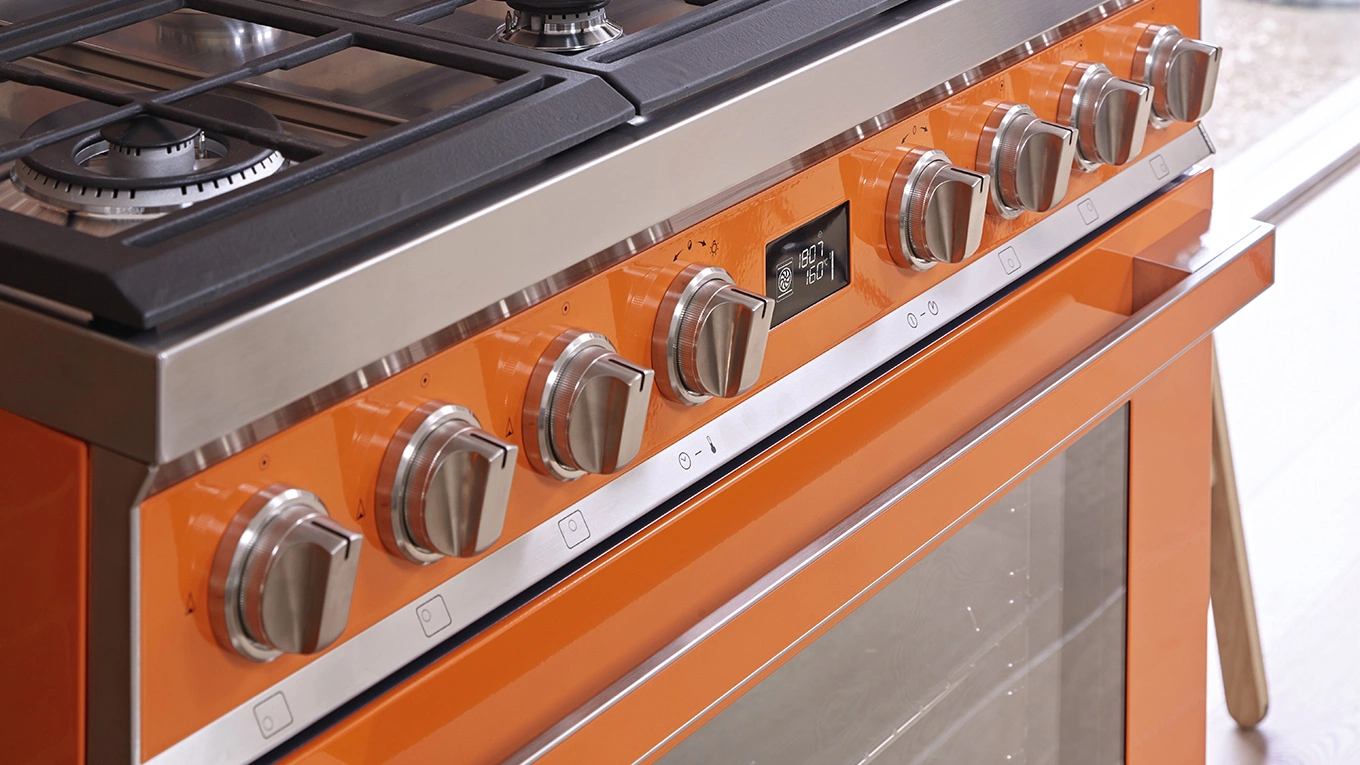

The advantages and disadvantages of a gas hob
A gas hob has some advantages over a simple electric hob or induction hob. But of course there are also disadvantages. Here are the most important points that speak for or against buying one.
Gas hob advantages 👍
- Continuous temperature control
- Fast heating
- Suitable for all cookware
Gas hob disadvantages 👎
- Difficult at low temperatures
- Only works with gas
- Complicated to clean
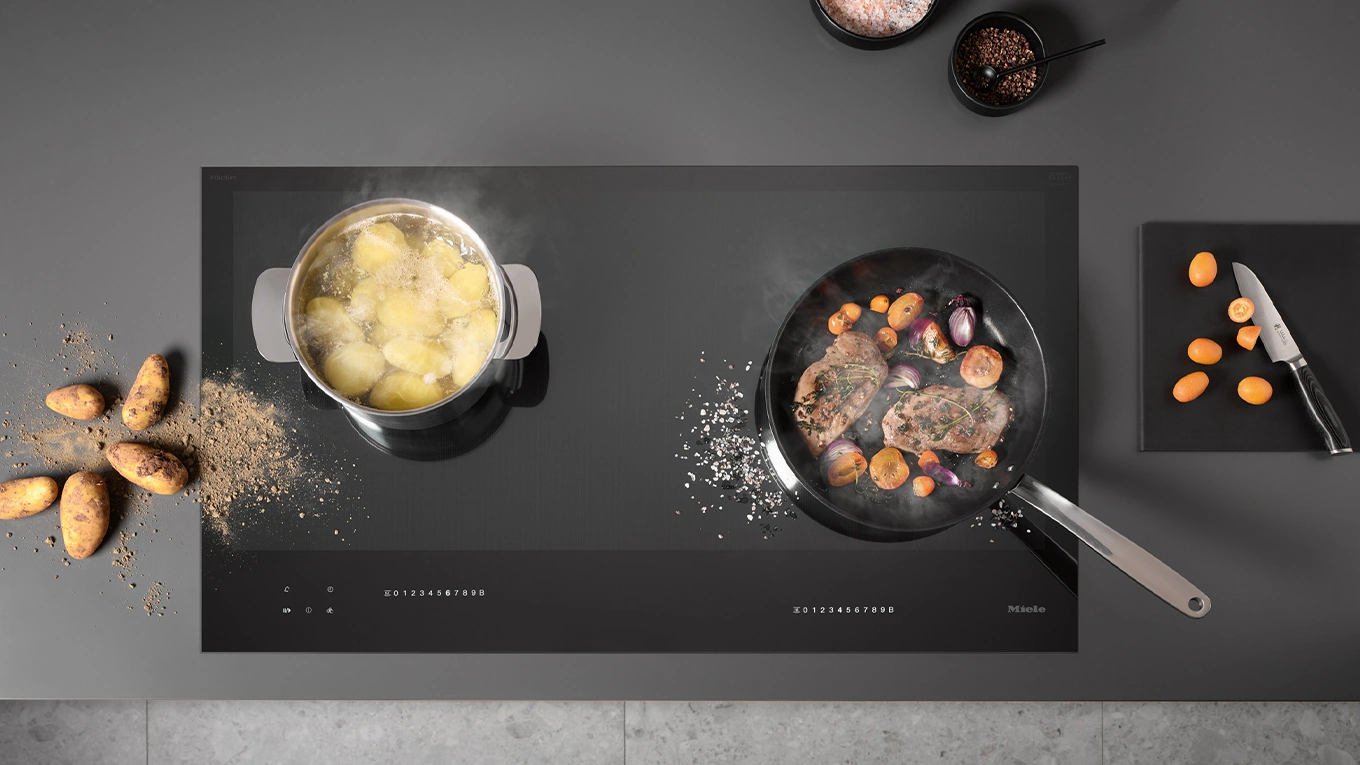
Gas or induction hob?
Modern kitchens often have either an induction cooktop or a gas cooktop. Both types of hob are energy-saving, fast and effective. But which type is better: gas or induction? The biggest difference between the two hobs is their appearance. With a gas hob, the burners are immediately noticeable. An induction hob has a smooth surface, like an electric hob. This makes the latter more simple. They are also easier to clean and look less conspicuous in a modern kitchen. Gas hobs, on the other hand, can be a real highlight in kitchen design. Cleaning is a little more laborious, but the performance is a little better.
Gas heats up slightly faster than induction. Due to the fact that the gas flame reaches a larger area. In everyday use, however, this difference is marginal. Barely noticeable. So when it comes to the question of gas or induction, the question is really just: simple or extravagant?
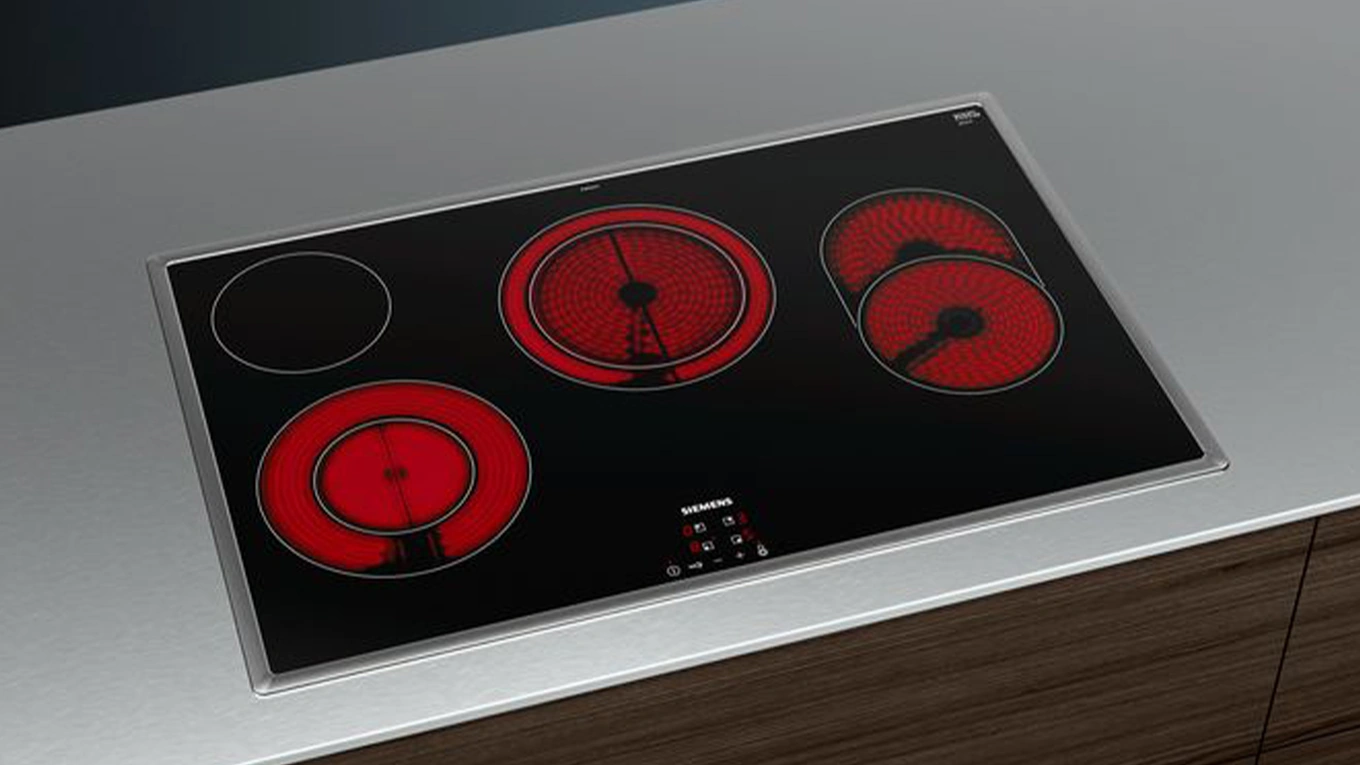
Gas or electric hob?
If you want to cook with gas, you need significantly less energy than with a traditional electric stove. A gas flame is available as soon as it is switched on. It is also always the same temperature and does not have to heat up to the set temperature first. The gas hob performance is therefore constant. Another advantage of cooking with gas is that no heat remains on the cooking surface after it is switched off. In addition, gas is cheaper than electricity. This means that you have lower operating costs than with a conventional electric stove.
Another advantage is that you can simply carry on cooking in the event of a power failure. This does not happen quite as often, but it is still a good advantage of the gas variant.
Cleaning and maintaining gas hobs
Cooking with gas is a little more complicated than with other fuels and heating types. This is why a gas hob or gas stove also requires special care and maintenance. It is particularly important that you always check the individual elements of the hob. If there is any damage or flaws, the gas hob must no longer be used for safety reasons.
If you want to clean a gas hob, this is often a little more difficult than with electric hobs or induction hobs. This is because a gas-powered hob does not usually have a smooth surface. Only use appropriate cleaning agents or (better still) clear tap water for cleaning. Abrasive or corrosive cleaning and care products should never be used because they can damage the surfaces. Also avoid sharp-edged tools such as metal scrapers or sponges. Unless otherwise stated by the manufacturer, the removable parts are not dishwasher safe. So they have to be cleaned by hand.
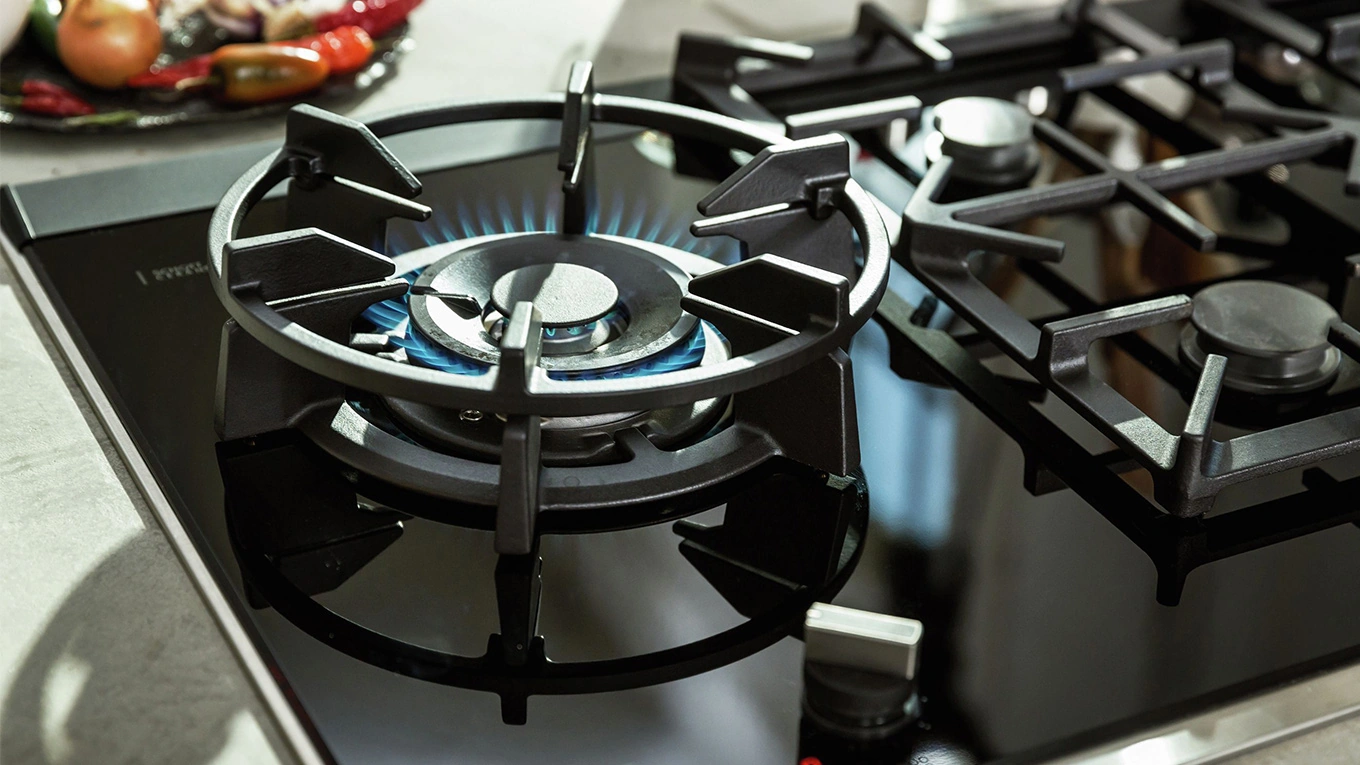
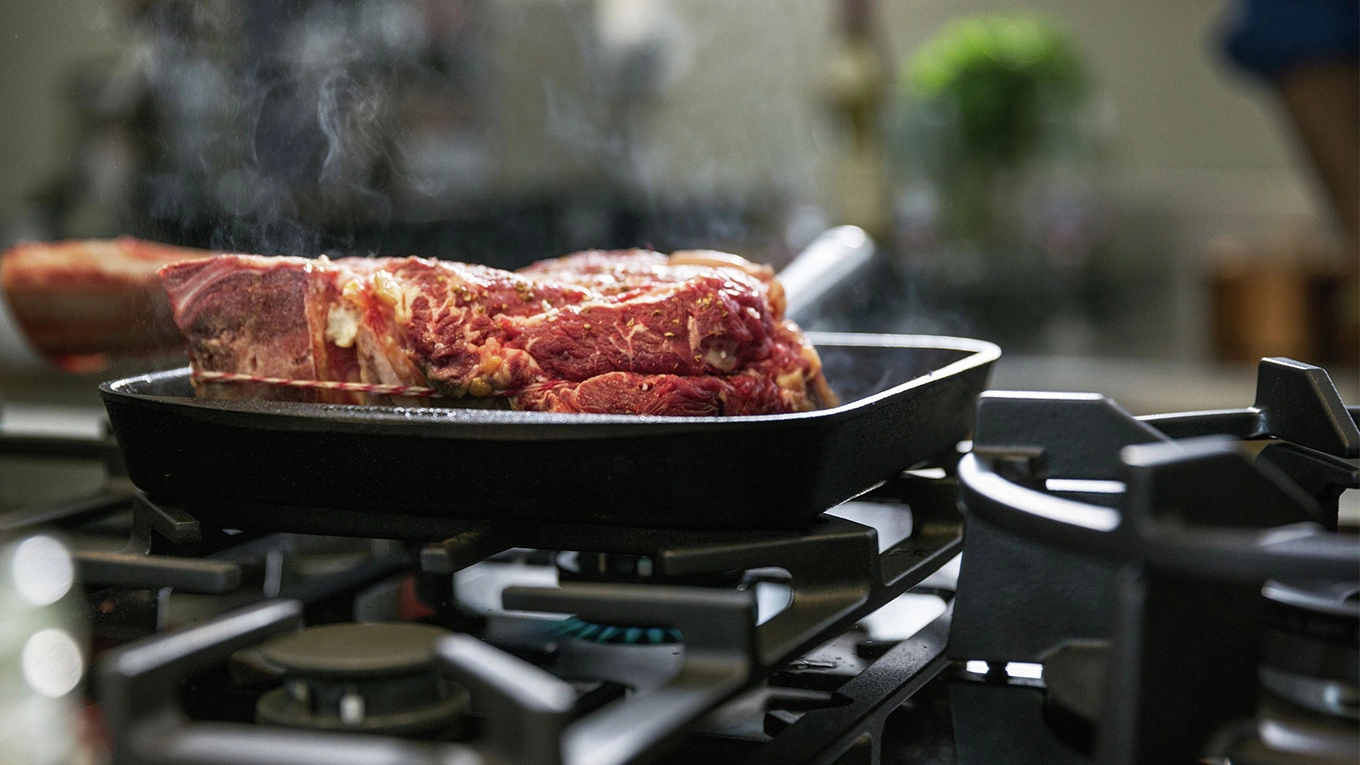
Cooking with gas: Which foods are suitable for a gas hob?
In principle, anything that needs to be cooked quickly can be done on a gas hob. For example, you can heat pasta water or potato water more quickly. Rice cooks much faster and meat also turns out great when cooked with gas. However, make sure that the food does not burn so quickly.
Gas myth: Is gas dangerous in the kitchen?
In short: No. Cooking with gas in Germany is no more dangerous than with other types of hobs. The devices are constantly tested and must comply with special regulations for safety and health.
To ensure that no gas can escape, gas hobs also have an ignition safety device. If this is checked regularly by a specialist, nothing can usually go wrong when cooking with gas. They are therefore not unhealthy or more dangerous than other hobs. However, if you notice an unusual smell or the flame burns irregularly, it would be better to turn the hob off and have it checked.
As with other hobs, you should still ensure that you use it properly. Also pay attention to the risk of burns. Especially with hot handles. And always keep an eye on the flame. That way, nothing can actually go wrong. However, be aware that if gas escapes, an explosion can occur.
Our gas hob test: Discover the bestsellers at Mykitchens
Which gas stove and which gas hob are the best on the market? What advantages do the models offer and what are the differences between the well-known brands? We quickly looked into these questions and took a close look at our most popular manufacturers of gas hobs and stoves. Or rather, their bestsellers. Here is a comparison of SMEG, Bosch, Neff, Siemens and Gaggenau when it comes to cooking with gas.

Smeg gas stove
A popular brand for gas-powered stoves is SMEG. The Italian design manufacturer offers free-standing retro ovens as an absolute highlight. The hob and oven are both powered by gas. In addition to the conventional models, SMEG also offers gas stoves with circulating air. The advantage of these devices is that you can cook food on several levels at the same time. This makes the free-standing stoves particularly effective. With constant temperatures and shorter cooking times.
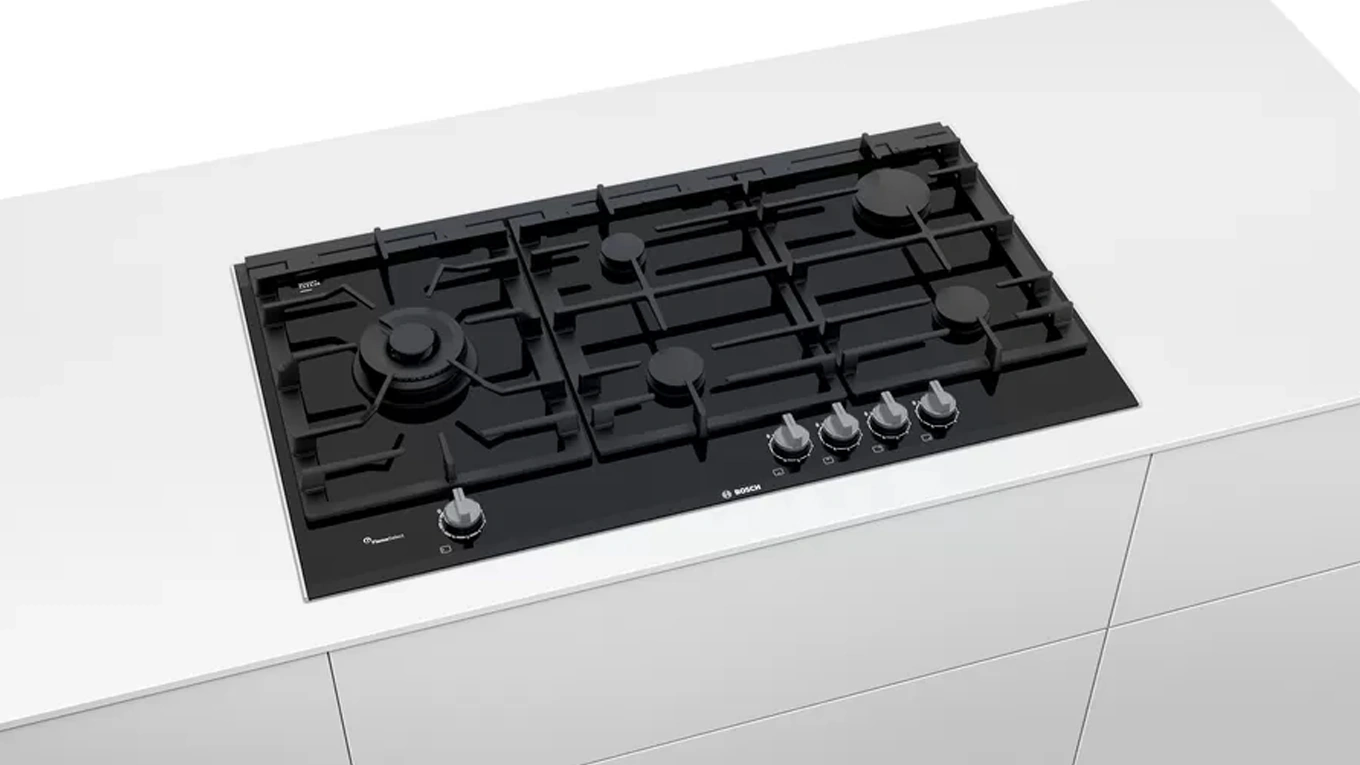
Bosch Series 8 gas hob
With the Bosch Series 8 you get the best quality products. This is also the case with the "PRS9A6D70D" gas hob from the Bosch accent line. The glass ceramic gas hob works with a two-flame system for maximum performance. Nine power levels lead you directly to the best cooking result. Bosch calls this performance function FlameSelect. This enables cooking, similar to conventional hobs, using nine predefined power levels. It is also practical that the pan supports are dishwasher safe. This means you can save yourself the hassle of cleaning and put the parts directly in the dishwasher. Without having to worry about corrosion, cracking or discoloration.
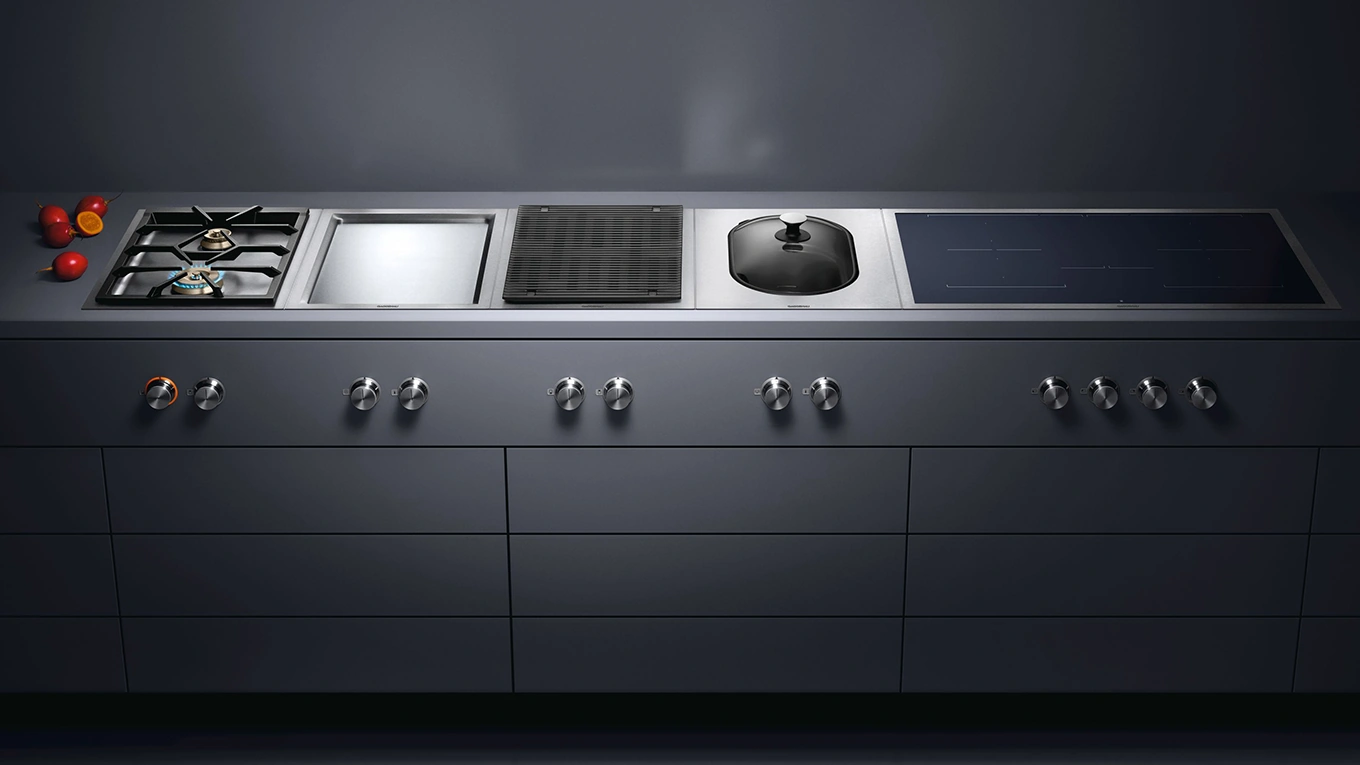
Gaggenau Vario gas hob
The Gaggenau Vario gas hob offers highly precise power regulation. Fully electronic. In 12 power levels. Unlike other models, they consist of five solid copper rings that deliver up to 6,000 watts of heat. These stand out visually. As do the control knobs, which are not located on top of the cooking surface, but below on the control panel. Gas hobs from the Gaggenau 400 series also have the special feature of being larger than other hobs. In one meter, they offer even more space for cooking.


